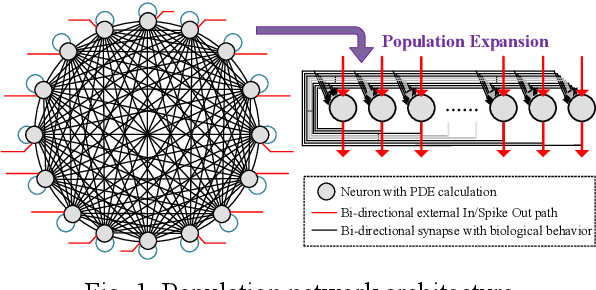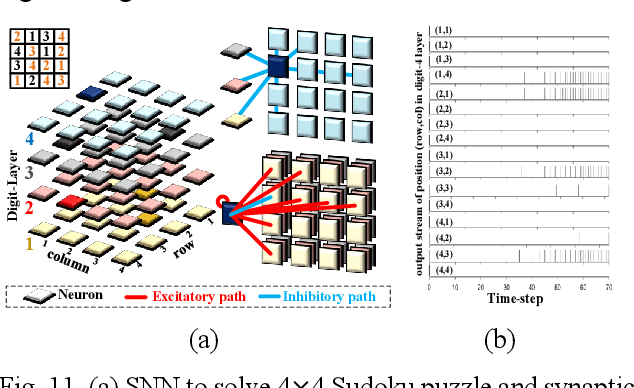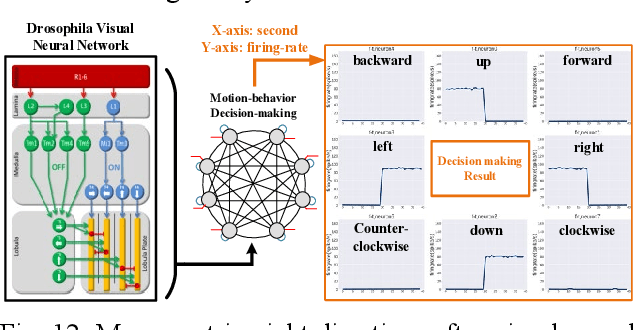Alexander White
Powder-Bot: A Modular Autonomous Multi-Robot Workflow for Powder X-Ray Diffraction
Sep 01, 2023Abstract:Powder X-ray diffraction (PXRD) is a key technique for the structural characterisation of solid-state materials, but compared with tasks such as liquid handling, its end-to-end automation is highly challenging. This is because coupling PXRD experiments with crystallisation comprises multiple solid handling steps that include sample recovery, sample preparation by grinding, sample mounting and, finally, collection of X-ray diffraction data. Each of these steps has individual technical challenges from an automation perspective, and hence no commercial instrument exists that can grow crystals, process them into a powder, mount them in a diffractometer, and collect PXRD data in an autonomous, closed-loop way. Here we present an automated robotic workflow to carry out autonomous PXRD experiments. The PXRD data collected for polymorphs of small organic compounds is comparable to that collected under the same conditions manually. Beyond accelerating PXRD experiments, this workflow involves 13 component steps and integrates three different types of robots, each from a separate supplier, illustrating the power of flexible, modular automation in complex, multitask laboratories.
POPPINS : A Population-Based Digital Spiking Neuromorphic Processor with Integer Quadratic Integrate-and-Fire Neurons
Jan 19, 2022



Abstract:The inner operations of the human brain as a biological processing system remain largely a mystery. Inspired by the function of the human brain and based on the analysis of simple neural network systems in other species, such as Drosophila, neuromorphic computing systems have attracted considerable interest. In cellular-level connectomics research, we can identify the characteristics of biological neural network, called population, which constitute not only recurrent fullyconnection in network, also an external-stimulus and selfconnection in each neuron. Relying on low data bandwidth of spike transmission in network and input data, Spiking Neural Networks exhibit low-latency and low-power design. In this study, we proposed a configurable population-based digital spiking neuromorphic processor in 180nm process technology with two configurable hierarchy populations. Also, these neurons in the processor can be configured as novel models, integer quadratic integrate-and-fire neuron models, which contain an unsigned 8-bit membrane potential value. The processor can implement intelligent decision making for avoidance in real-time. Moreover, the proposed approach enables the developments of biomimetic neuromorphic system and various low-power, and low-latency inference processing applications.
 Add to Chrome
Add to Chrome Add to Firefox
Add to Firefox Add to Edge
Add to Edge